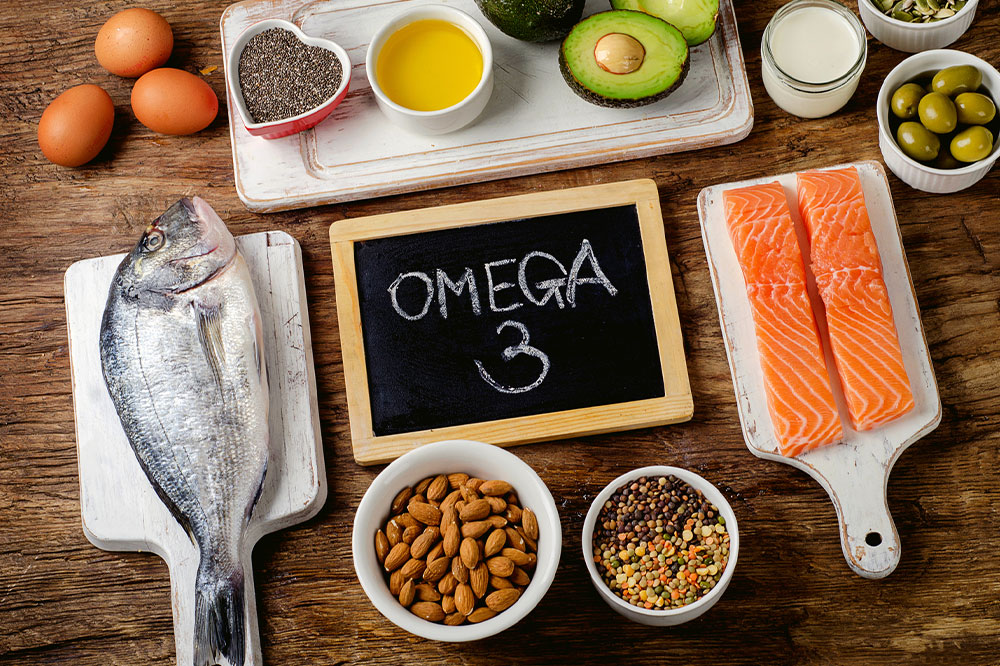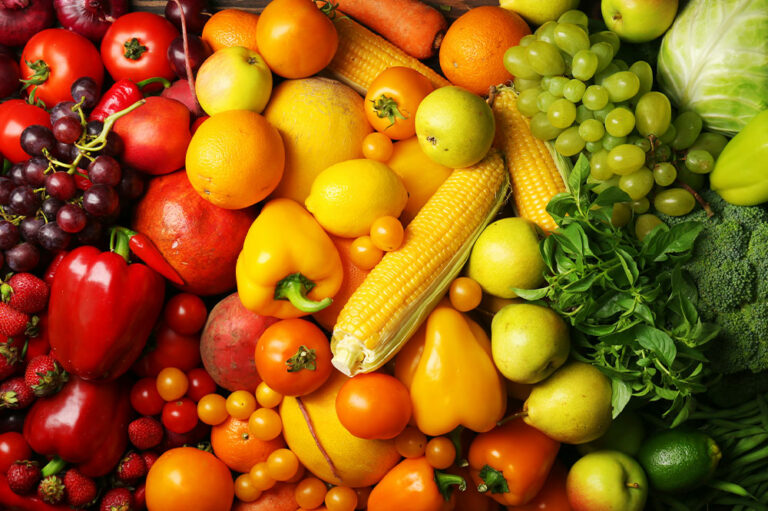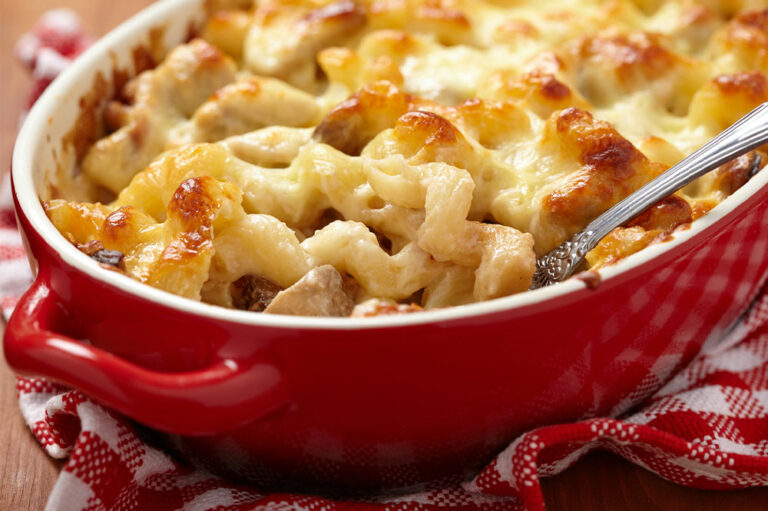
12 Foods That Help Improve Blood Circulation
The human circulatory system has three major components the heart, blood, and blood vessels. Together they supply blood, nutrients, and hormones to different organs and parts of the body. Another important function of the circulatory system is to carry carbon dioxide and other waste products to flush them out of the body. Any disruption in this process can result in an inadequate supply of blood and nutrients and incomplete disposal of waste.
Impact of meals and lifestyle
The heart, veins, arteries, and vessels function like a mechanical unit, where a problem in one component can affect the entire process. Clogging in the veins or arteries can lead to heart failure or circulatory system dysfunction. Regular intake of certain foods can form plaque in the arteries and make them thick. This prevents the smooth flow of blood and may lead to hypertension and other complications. An unhealthy meal plan can contribute to the hardening, clotting, clogging, and tearing of blood vessels, increasing the risk of cardiovascular diseases.
Best nutrient sources
The ideal foods to improve blood count should be low in cholesterol and saturated fats. The meal plan should include alternatives such as trimmed meat and seafood, safe fats like mono or polyunsaturated fats, and omega-3 fatty acids. Further, it should have more fruits and vegetables, fiber, and moderate quantities of milk and dairy products. Here are some of the best kinds of foods that help improve blood circulation:
Foods with omega-3 fatty acids: Omega-3 fatty acids are key nutrients for improving blood circulation. One can find them in plant-based foods and seafood. Doctors recommend omega-3-rich foods as they can reduce the levels of triglycerides, a type of fat. The build-up of these fats in the artery walls can increase the risk of cardiovascular diseases like heart attack and atrial fibrillation. Omega-3-rich food and oils can also reduce blood pressure, plaque build, and the risk of arrhythmia. One can also opt for omega-3 supplements like fish oil if recommended by a healthcare professional.
Nitrate-rich food: Nitrates are recognized as vasodilators, which widen the blood vessels enabling better blood flow and circulation. Nitrates can help relax the veins carrying deoxygenated blood from the body to the lungs. Leafy greens are among the best natural sources of nitrates. They also help thin the blood, allowing efficient oxygen supply in the body. Regular intake of such food can also help reduce blood pressure, lowering the risk of diseases in the circulatory system.
Vitamin-rich fruits and vegetables: Vitamin B3 improves blood circulation and also reduces inflammation and bad cholesterol. Vitamin K prevents blood clotting, and Vitamin B12 helps in adequate production of red blood cells.
Nuts and seeds: Nuts and seeds contain protein, omega-3 fatty acids, fiber, and L-arginine—nutrients that can reduce inflammation, the risk of clots, and blood pressure. They also help in controlling cholesterol and triglyceride levels. One can add about 4 to 6 servings of unsalted, roasted, dry nuts every week to their meals.
Top foods
Based on the essential nutrients, here are the ideal food to improve blood count and circulation:
Pomegranate
Pomegranates are rich in polyphenol antioxidants and nitrates that are considered potent vasodilators. One can have them as is or add them to salads. If one prefers juice, it is best to have it fresh without adding sugar.
Beetroot
Beetroot and its greens are rich in nitrates. The body converts the nitrates into nitric oxide, which dilates blood vessels, allowing better blood circulation and reducing blood pressure risk. If one is dealing with gallbladder or kidney issues, they should consult a doctor about how much beetroot is good for them. One can add beets to soups, smoothies, salads, or sandwiches.
Leafy greens
Leafy greens like spinach, kale, Swiss chard, arugula, amaranth, and bok choy can replenish iron content in the blood and prevent anemia. These vegetables contain high amounts of nitrates, which help improve blood circulation.
Citrus fruits
Citrus fruits are rich in antioxidants that directly prevent and control inflammation. It can relax and reduce any stiffness in the arteries and help in proper blood circulation.
Watermelon
Watermelon has an amino acid called L-citrulline, which the body converts into another amino acid type called L-arginine. This can help dilate blood vessels and improve blood circulation.
Chinese cabbage
Chinese cabbage is rich in iron and potassium. Iron helps increase the production of hemoglobin which reduces anemia, whereas potassium helps balance sodium levels and maintain blood pressure. One can add Chinese cabbage to salads, stews, or kimchi if they are not affected by diabetes or gastrointestinal issues.
Radish
Radish is rich in calcium, potassium, and nitrates, which help regulate blood pressure and improve blood circulation.
Turnips
Turnips can improve metabolism and reduce inflammation, and their greens are rich in iron. They can also help in dilating the arteries and directly improve blood circulation. One should avoid turnips if they are dealing with thyroid-related conditions.
Walnuts and almonds
Walnuts and almonds are rich in omega-3 fats, particularly alpha-linolenic acid (ALA), that help improve blood flow. ALA also helps in maintaining blood vessel health and reducing blood pressure.
Cold water fish
Such fish is one of the richest sources of omega-3s, which can help reduce blood pressure and prevent stiffening and hardening of the arteries. One can add at least 8 ounces of fatty fish, like salmon, sardine, cod, herring, or mackerel, once or twice a week to their meals.
Flaxseeds
Flaxseeds are one of the important plant-based sources of omega-3 acids. It is also rich in fiber. Flaxseeds can reduce inflammation, unclog arteries, and regulate blood. One can toast flaxseeds and add them to salads and smoothies or use ground seeds for cookies, cakes, and yogurt.
Chia seeds
Chia seeds are rich in ALA, antioxidants, fiber, and protein and are low in carbs and calories. They can help prevent and reduce inflammation, dilate the arteries, and improve blood circulation. One can soak chia seeds in milk or water and add them to smoothies, juices, puddings, or milkshakes, and even cookies, cakes, granola, and protein bars.







